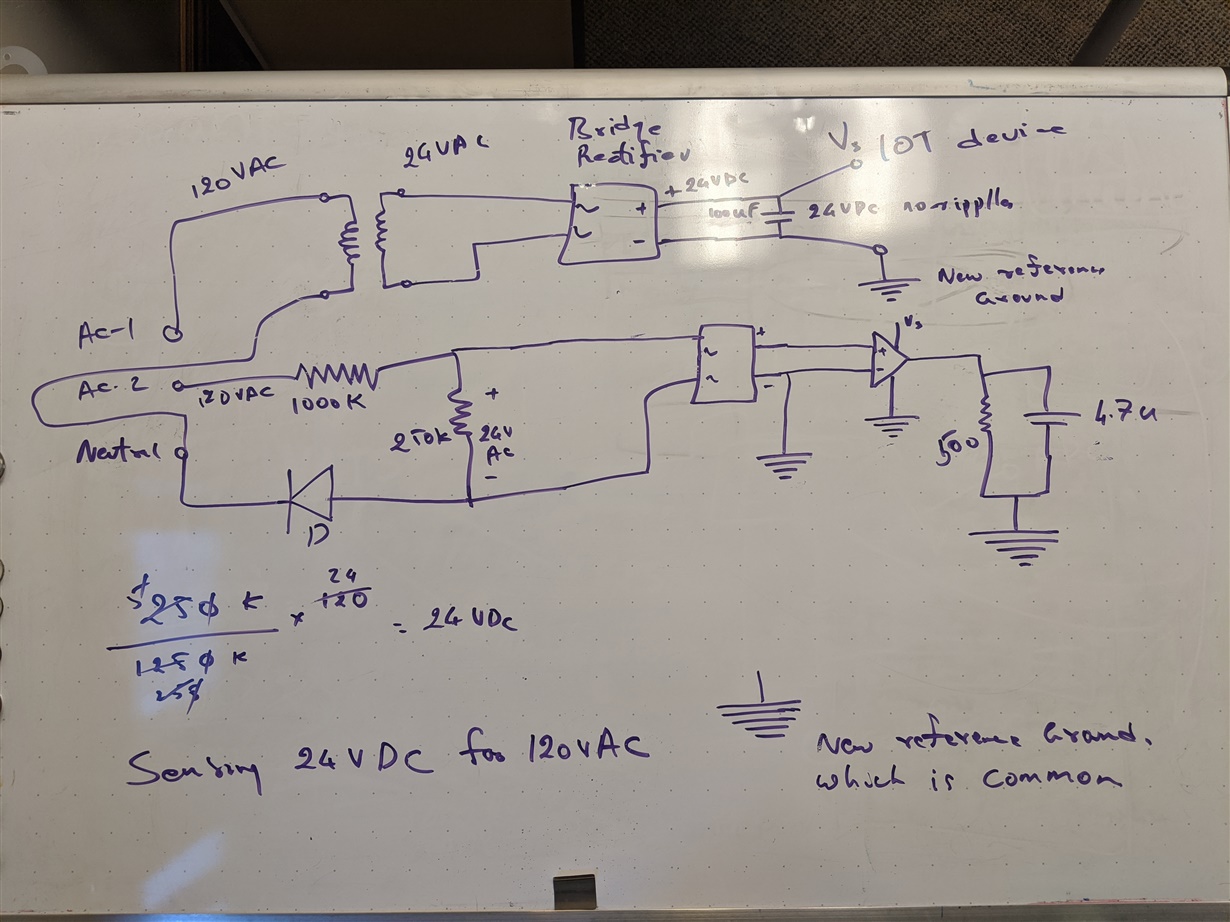Hello
I'm trying to implement a rectifier and AC voltage sensor. The rectifier part works just fine. I'm able to power my device without any issues.
Please look at C2 in the screenshot (Circuit schematic). This connector is connected to AC voltages. Vin is a rectifier and the DC part is to power the device. AC-1 to AC-5 are AC voltages that are sensed at ADC-0 to ADC-4 respectively. AC-6 is the neutral line of all the AC voltages connected to the board.
When AC (1-5) are connected to AC voltage, the device works just fine. No issues at all. But when AC-1 and AC-2 are connected to 120 VaAC while AC (3,4 and 5) are not connected to anything, ADC-0 and ADC-1 read the right value but ADC (2,3 & 4) read 7.5V while they should read 0 V.
I connected all the -ve terminals of the bridge rectifiers to have a common ground but when there is no AC voltage, the respective +ve terminals of the bridge rectifiers reads 58V (+ve is floating while -ve is grounded). Is there any way to fix this? cause my ADC is reading the incorrect value of 7.5V when it should read 0 V.
I was told to use an isolated amplifier with unity gain. Unless there's isn't a better solution, Can I use the following Opamp with unity gain to accomplish this:
https://www.digikey.com/product-detail/en/texas-instruments/LM358P/296-1395-5-ND/277042
If not do I have to use a specific isolated opamp like the following:
https://www.digikey.com/product-detail/en/texas-instruments/AMC1100DWVR/296-46067-2-ND/6571602
Thank you


